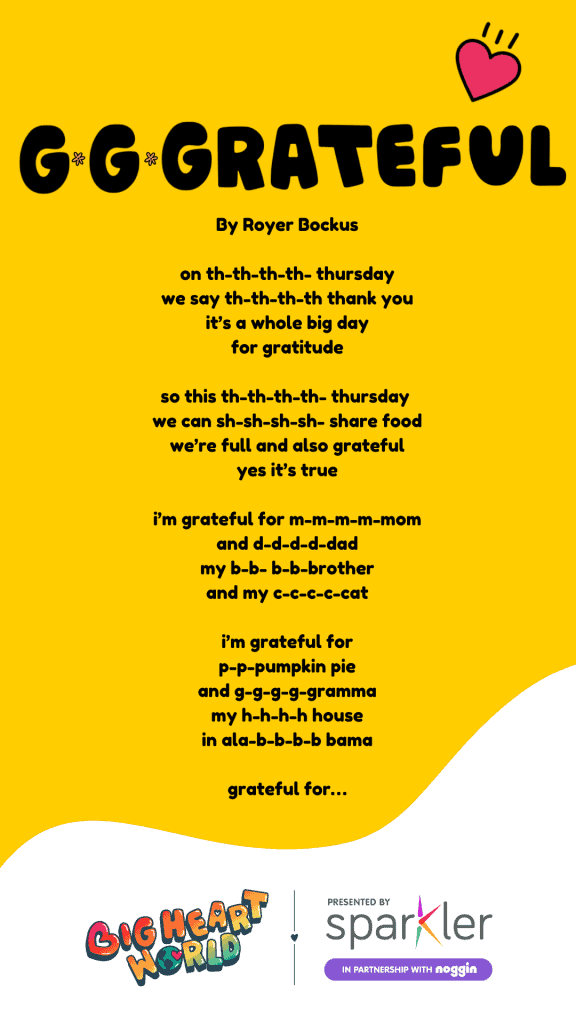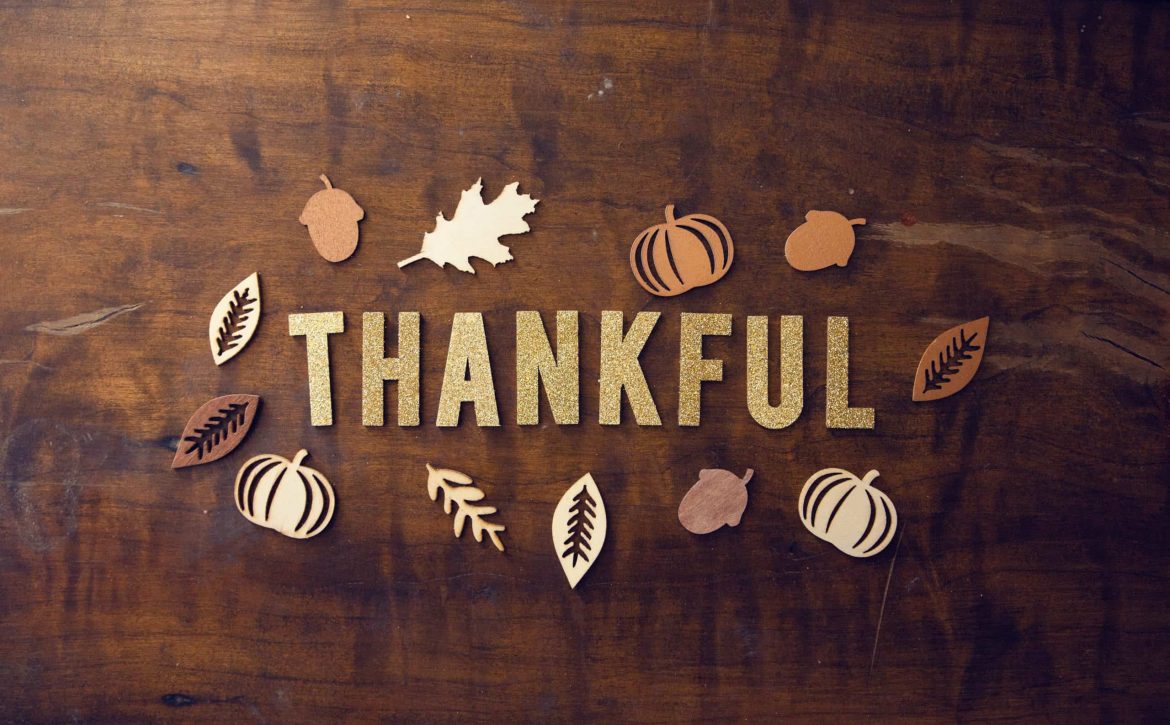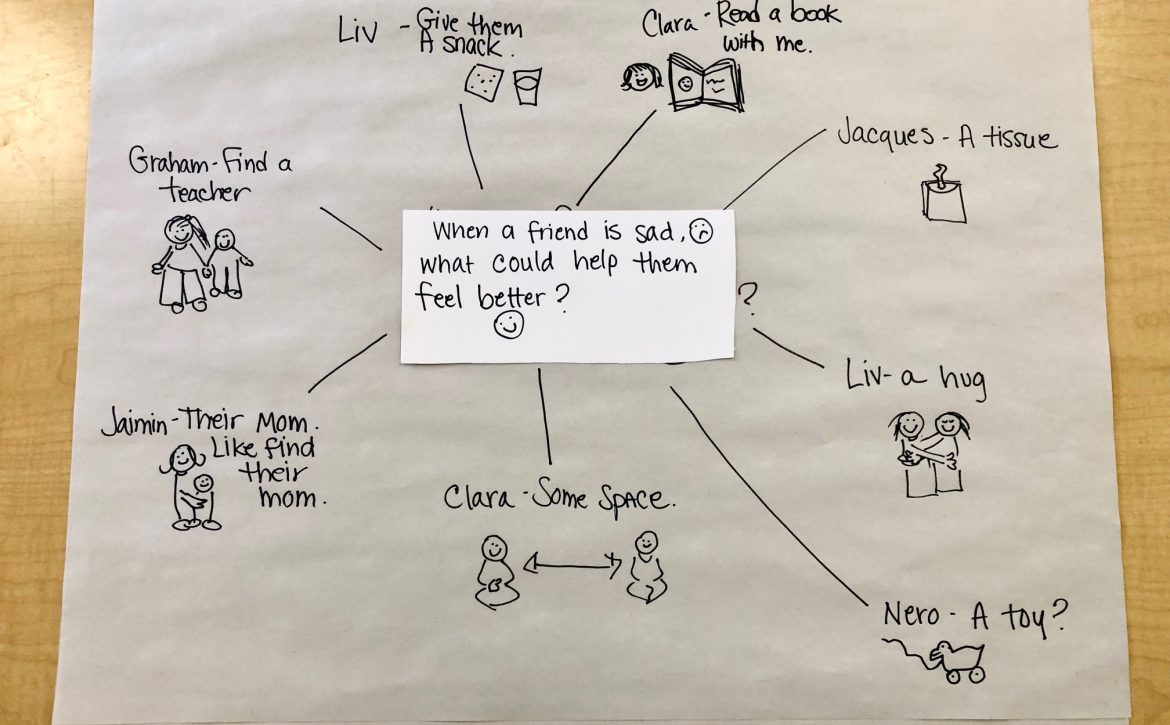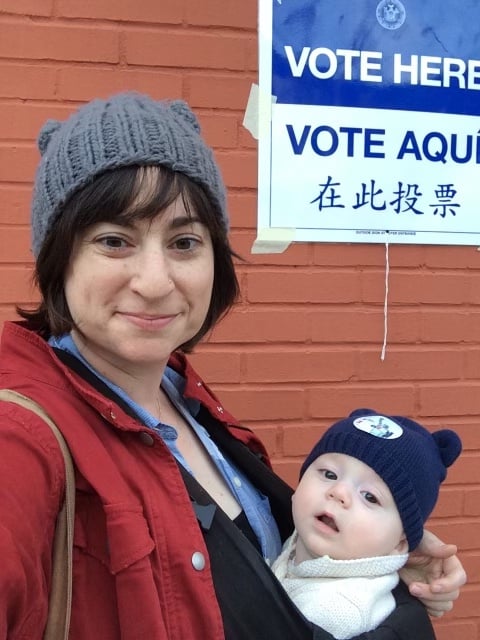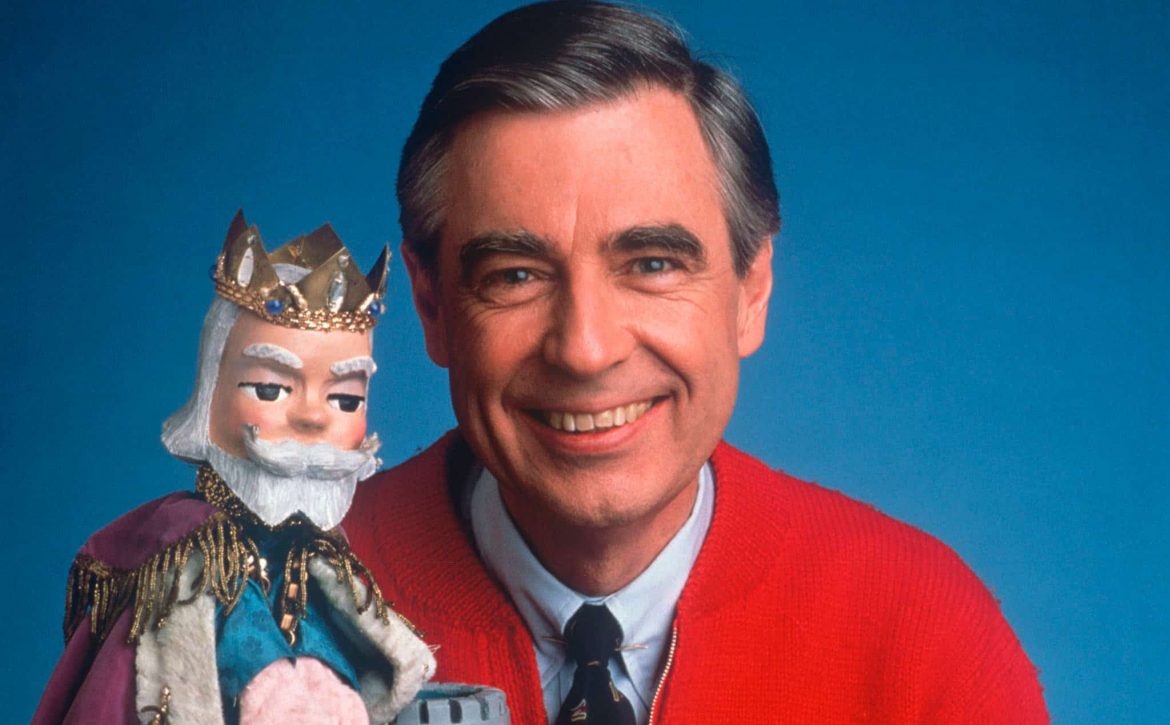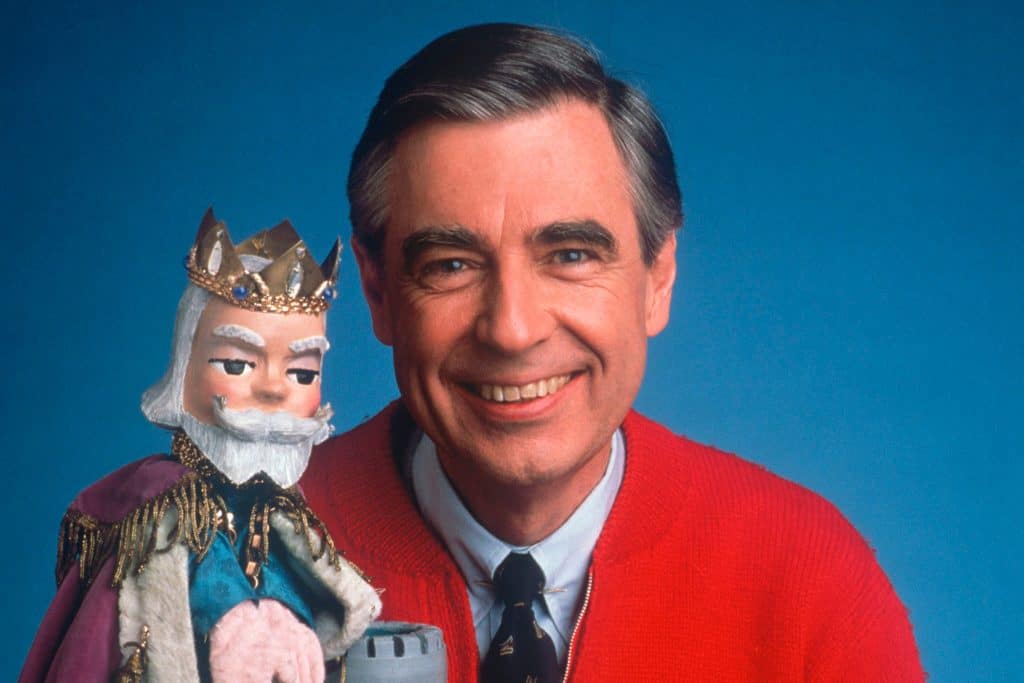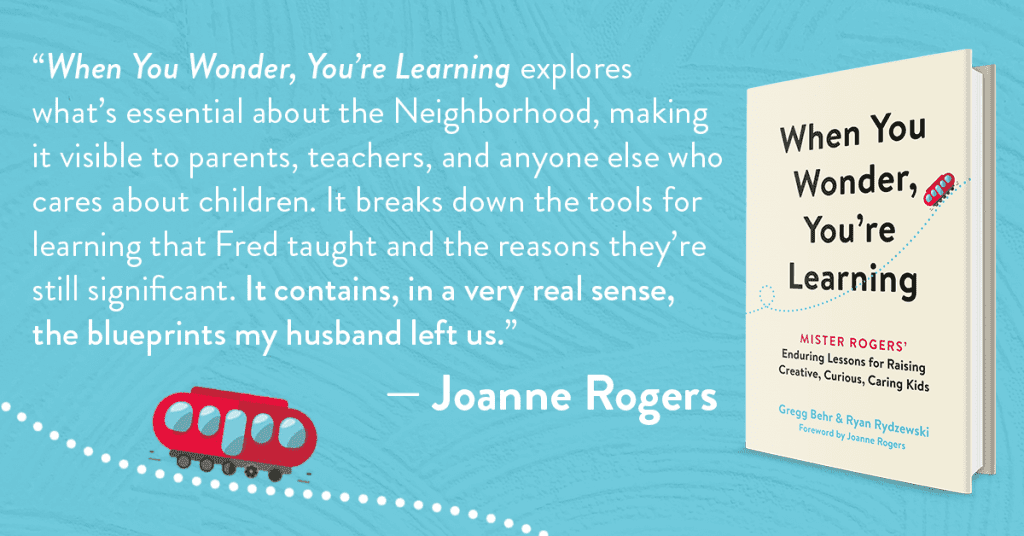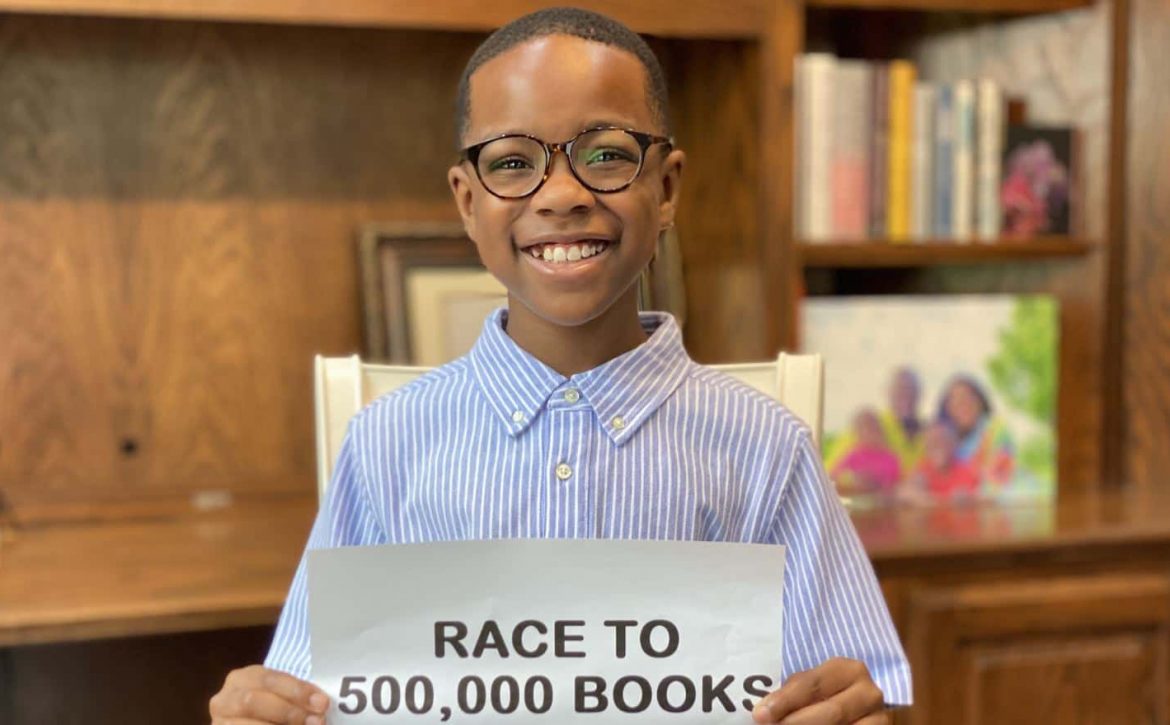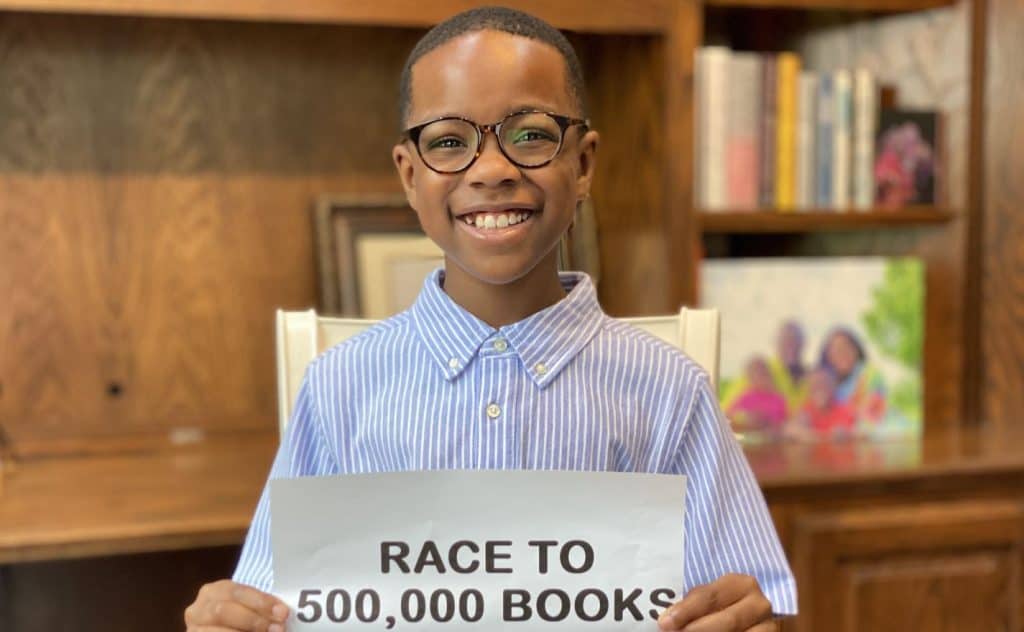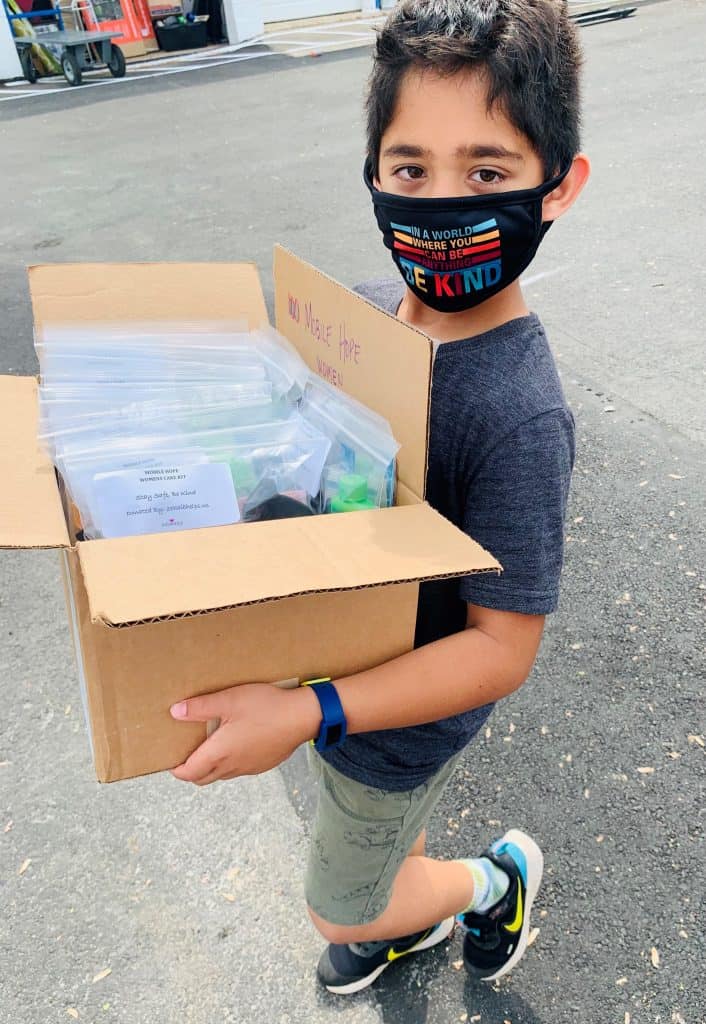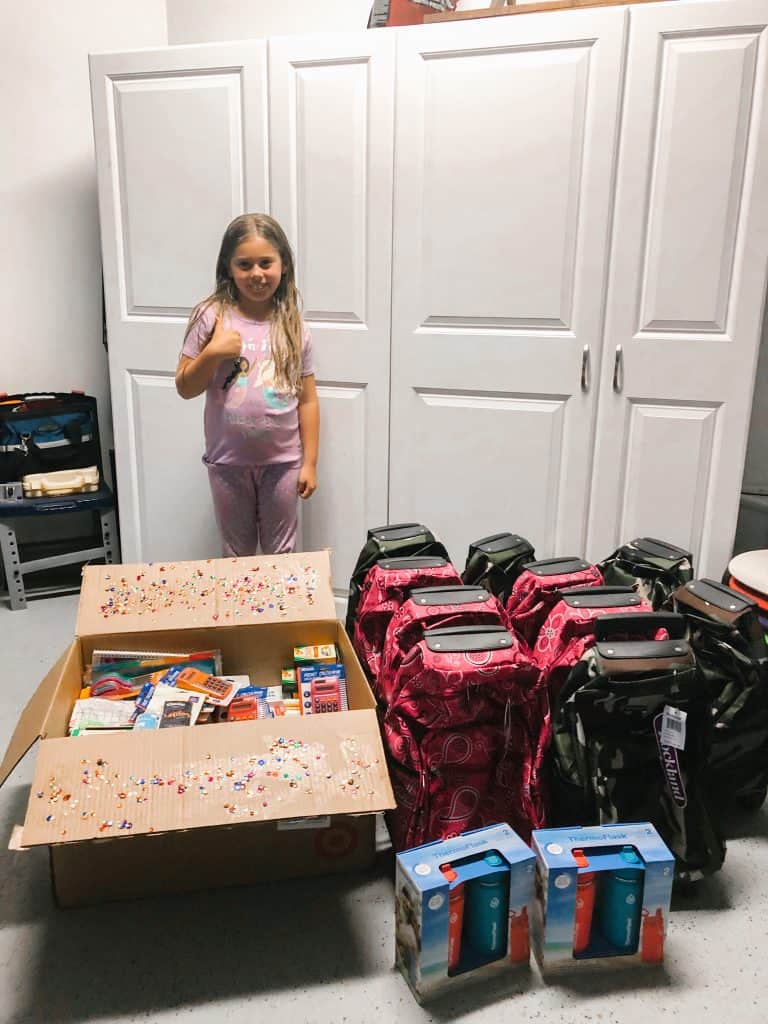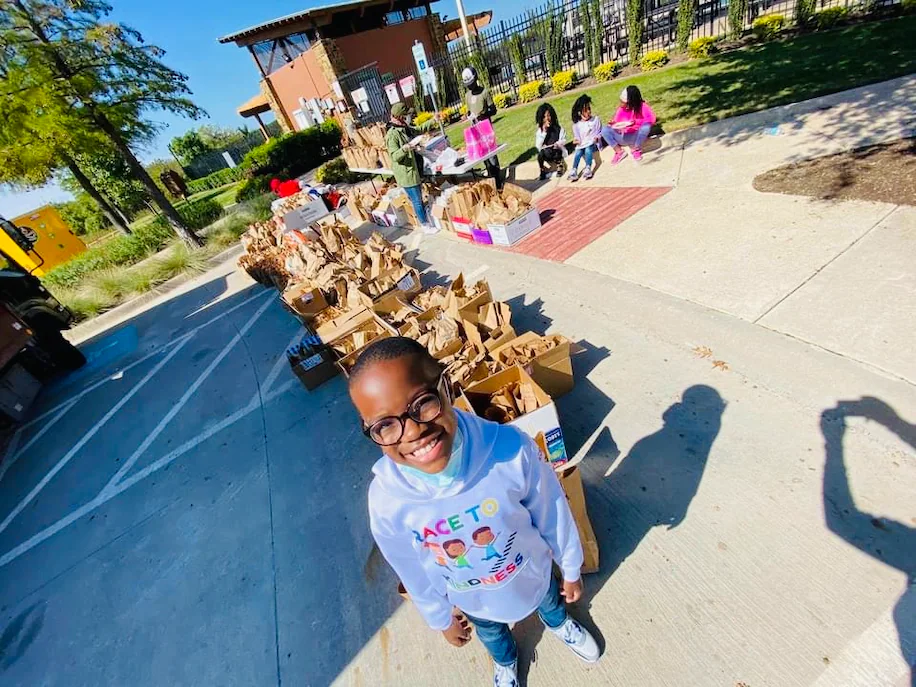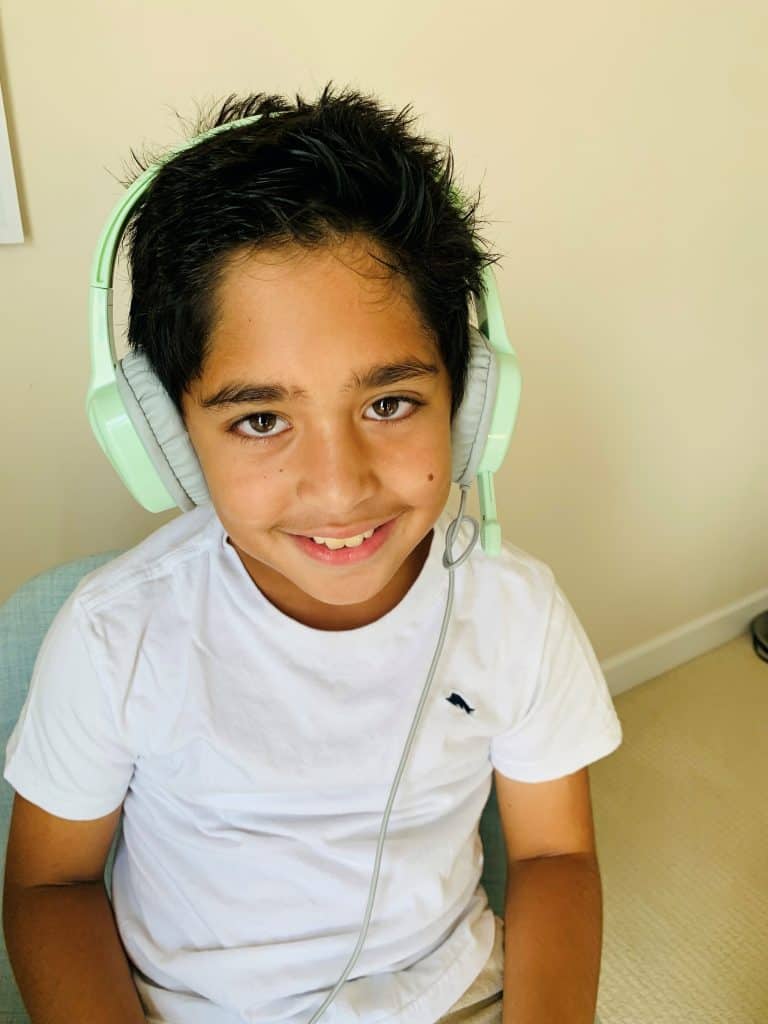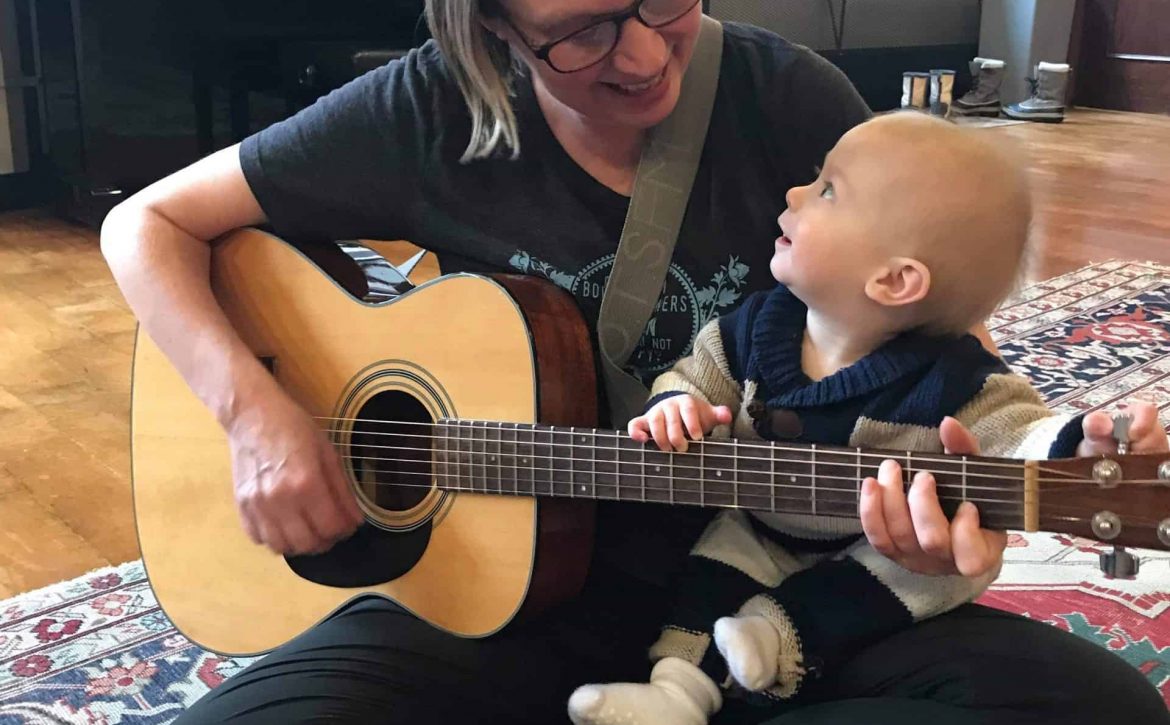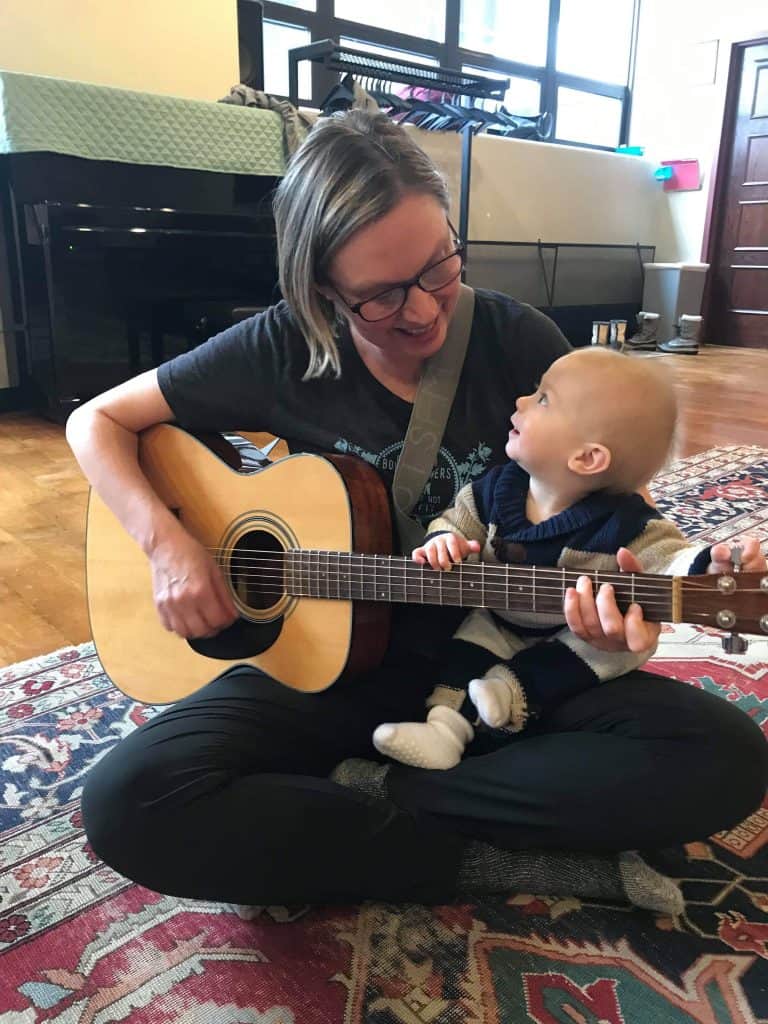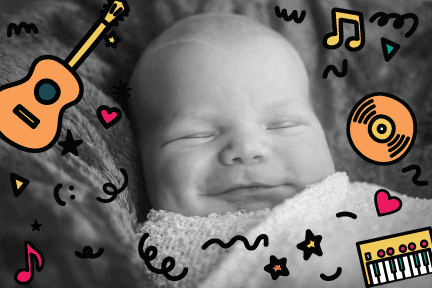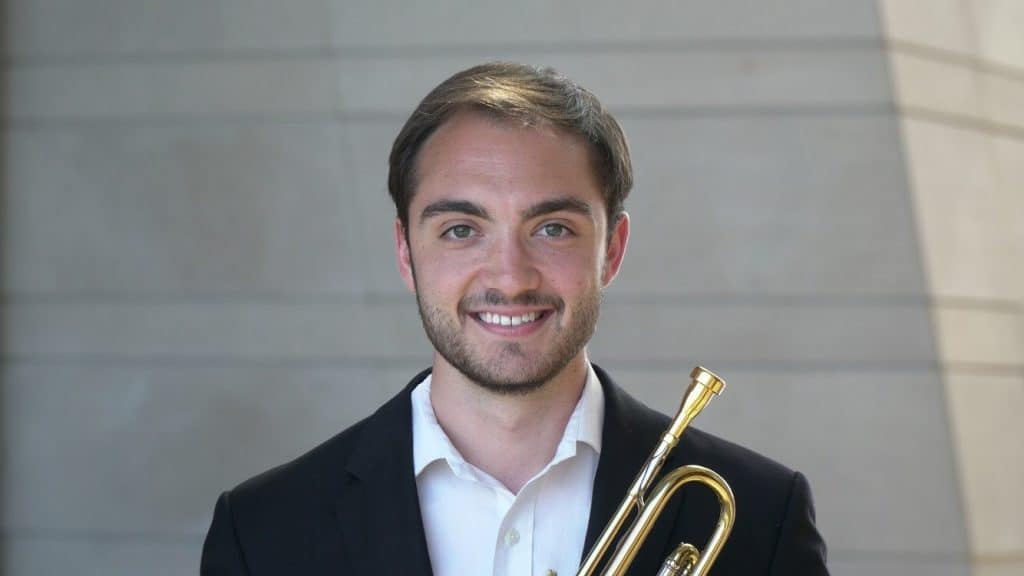G-G-Grateful: Una Canción de Gratitud Hecha por Ti
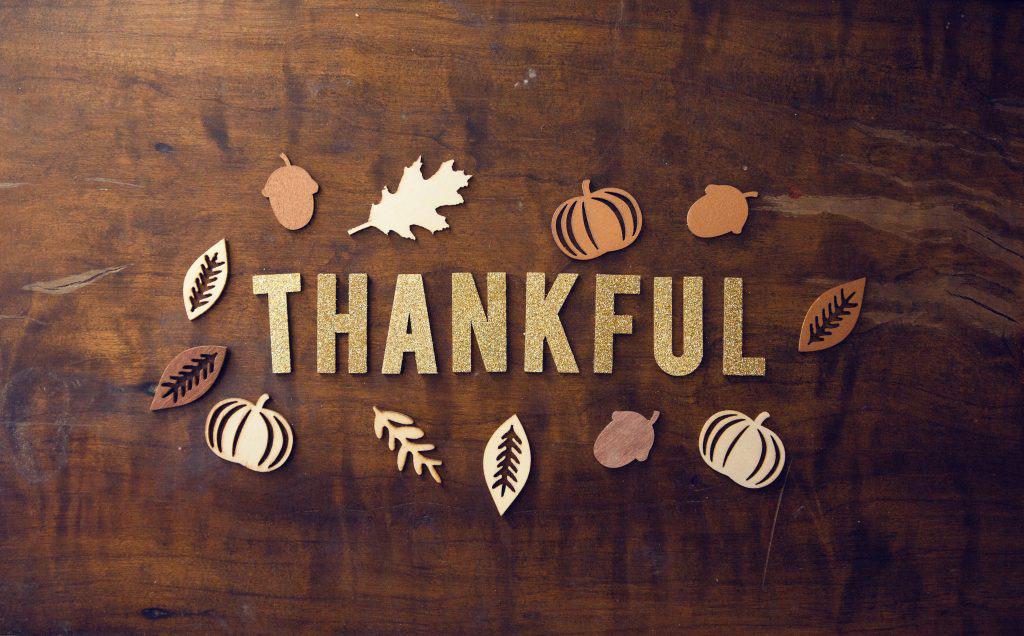
¿Por qué te sientes agradecido/a TÚ?
Es posible que los niños pequeños aún no comprendan que todos tienen sus propios pensamientos y sentimientos, pero los padres, cuidadores y profesores pueden enseñarles a preocuparse por los demás y a sentirse agradecidos. A los 2-3 años, los niños suelen sentirse agradecidos por cosas específicas (¡como una mascota o su juguete preferido!), pero al cumplir los 4 años ya son capaces de sentirse agradecidos por conceptos más abstractos (¡como el amor y la libertad!) (fuente). Los niños pueden practicar decir “Gracias” y conectar la palabra con el sentimiento de gratitud a medida que crecen.
Este sentimiento de gratitud es importante, pero no sólo el Día de Acción de Gracias sino durante la vida: estudios de investigación demuestran que este sentimiento de agradecimiento hace que las personas sean más felices (fuente) y estén más saludables (fuente).
Así pues, ¿cómo podemos criar a un/a niño/a agradecido/a? Hablen sobre la gratitud, hagan que ser agradecido sea un hábito en su familia ¡y conviértase usted en un modelo a seguir! La investigación confirma que los padres que muestran gratitud tienen hijos más agradecidos en sus actos (fuente).
Su propia canción original sobre la gratitud
Con el Día de Acción de Gracias a la vuelta de la esquina y la gratitud como máxima, nuestro amigo, el talentoso compositor y cantante Royer Bockus, ha creado una original Canción de Gratitud, “G-G-Grateful” para invitar a los padres, cuidadores, niños y educadores de Gran Corazón a crear su PROPIA canción original sobre la gratitud.
Se trata de una plantilla que pueden usar para crear su propia canción familiar de agradecimiento. Esto le ayudará a usted a ser un modelo de gratitud a la vez que ayudará a su pequeño/a a entender cómo ser agradecido/a.
Estos son los tres pasos:
Escuchen la canción juntos.
Esta es la versión con letra:
Esta es la versión instrumental sin letra:
Piensen en las cosas por las que usted y su niño/a están agradecidos. Pueden ser personas (¡como la Abuela!), lugares (¡como nuestra pared para trepar en el parque!), ideas (como la libertad y el amor) o sus comidas, animales, flores o libros favoritos, etc.
Es una fantástica oportunidad de ayudar a los niños a entender qué es la “gratitud” y “ser agradecido”. Son palabras cargadas de significado que pueden ser demasiado abstractas para la comprensión de los niños pequeños. No pasa nada: ¡se trata de enseñar y aprender!
Por turnos, compartan uno con el otro lo que a cada uno les hace sentirse agradecidos.
¡Ahora toca convertir los “gracias” en una canción!
Escuchen la música en su versión instrumental mientras crean su propia canción juntos.
Crear su propia versión de “G-G-Grateful” es suficiente para incentivar la gratitud, pero si desea que la canción esté presente en su mesa de Acción de Gracias, puede invitar a cada miembro de la familia a añadir una frase a la letra.
Compartan su versión de “G-G-Grateful” en las redes sociales con la etiqueta #bigheartworld! ¡Estamos ansiosos por escuchar lo que usted y su familia han creado.
